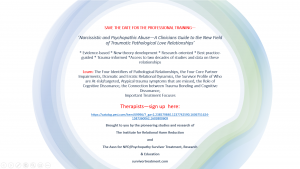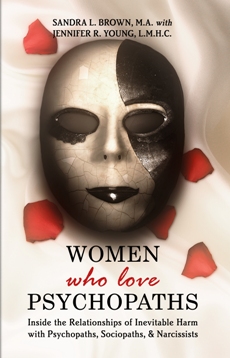For many couples Christmas can a stressful time. What is meant to joyous and relaxing time can simply become a stream of expectation management with ‘trying to keep everyone happy’ being the ultimate goal.
The irony is the more we try to keep everyone happy the less happy we are and the more pressure we end of placing on our loved ones. Understandably, the first step in reducing our relationship stress is to let go of trying to keep your relatives, kids, and partner happy this Christmas.
This may sound ‘harsh’ however with some reflection you will discover it’s an impossible goal. Instead allow everyone to take responsibility for their own happiness this Christmas including yourself. The most painful thing about trying to keep other people happy is that ultimately we never succeed and in the process of trying to keep others happy we make ourselves unhappy by over-committing and not being true to ourselves!
Having made this decision, the next step is to identify and let go the expectations that you feel have been ‘put on you’ by your relatives, your children and your partner. To discover what these expectations are simply write down on a piece of paper. ‘With respect to my Children/Partner/relatives at Christmas I should or I have to .. and see what comes out. It’s essential that you actually write these answers down as opposed to simply think about them.
Once you have completed your list of expectations accept that while it feels like they come from ‘outside of you’ in fact these are your own expectations of yourself. Then ask yourself whether holding onto this expectations is going to give you or your family a holiday stressors free time. Finally make a decision to let this go simply by taking a deep breath and saying or writing ‘I choose to let the above expectations go.’
Having cleared the slate in terms of all the things you think you should or have to do ask yourself: ‘What be a truly relaxing, enjoyable and meaningful way for me to celebrate Christmas this year?”. You can write this down and share this with your partner and ask for their input. If there are differences between your dream Christmases, firstly help your partner let go their own expectations then explore how the essence of what you would both love can be honoured.
Once you and your partner are clear about your dream Christmas you can share this with your children and family and allow them to be involved within the terms you have set up. Remember you are not trying to keep anyone happy. Those friends, relatives and children who were going to be stressed and disappointed will find a reason to be regardless of what you do around Christmas. At least this way you and your partner will feel fantastic!






